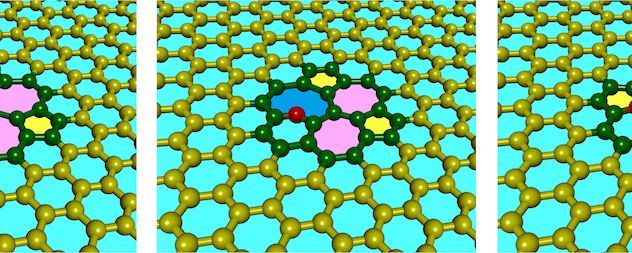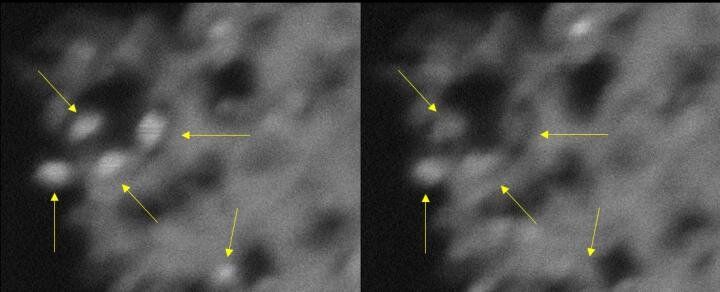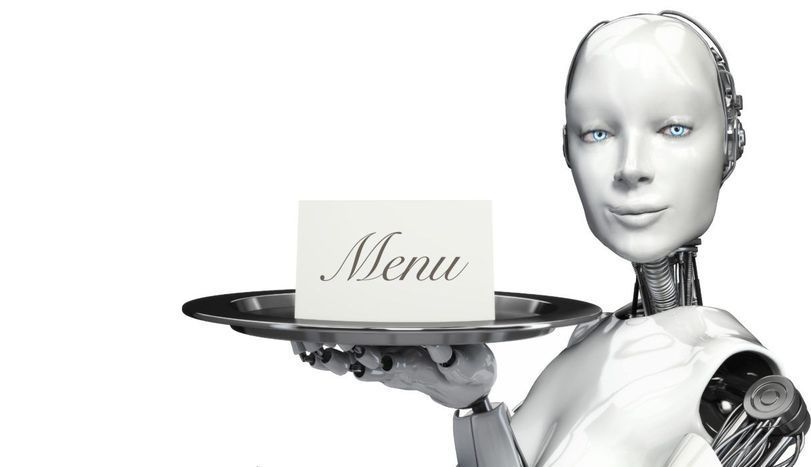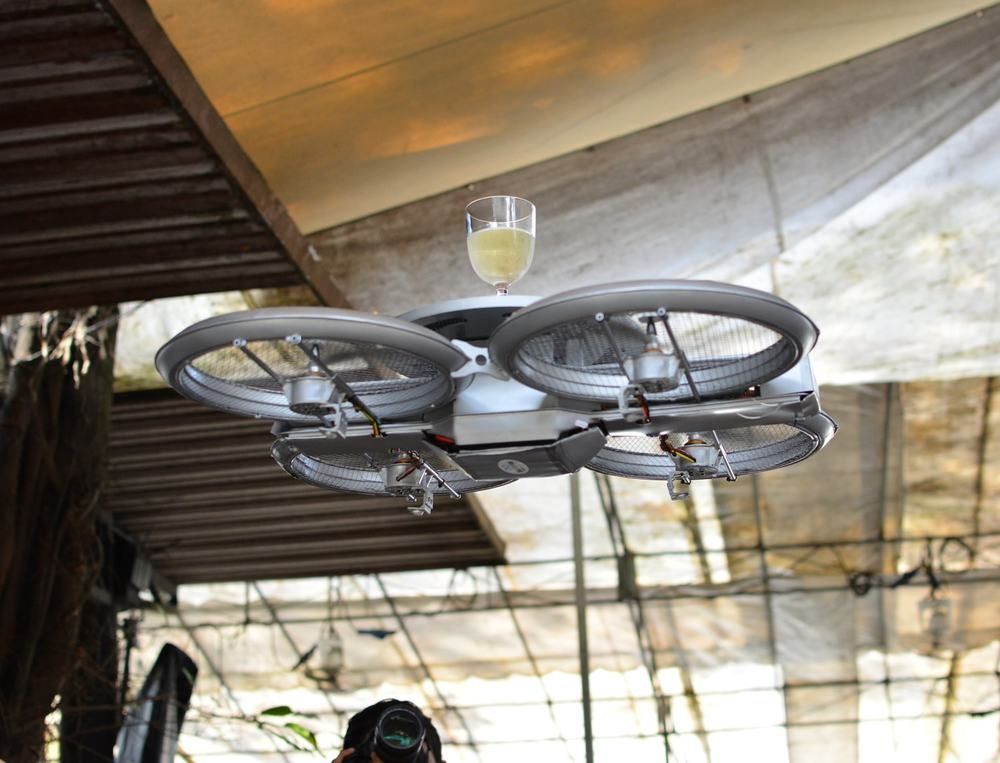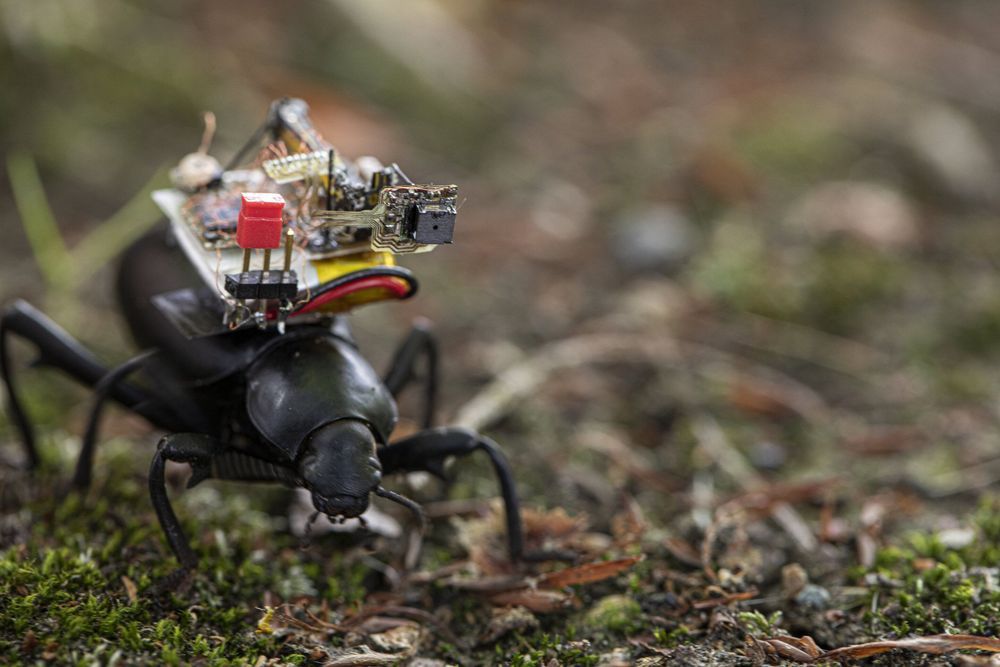Aug 5, 2020
Self-organising swarms of firefighting drones: Harnessing the power of collective intelligence in decentralised multi-robot systems
Posted by Quinn Sena in categories: drones, information science, particle physics, robotics/AI
Swarm intelligence (SI) is concerned with the collective behaviour that emerges from decentralised self-organising systems, whilst swarm robotics (SR) is an approach to the self-coordination of large numbers of simple robots which emerged as the application of SI to multi-robot systems. Given the increasing severity and frequency of occurrence of wildfires and the hazardous nature of fighting their propagation, the use of disposable inexpensive robots in place of humans is of special interest. This paper demonstrates the feasibility and potential of employing SR to fight fires autonomously, with a focus on the self-coordination mechanisms for the desired firefighting behaviour to emerge. Thus, an efficient physics-based model of fire propagation and a self-organisation algorithm for swarms of firefighting drones are developed and coupled, with the collaborative behaviour based on a particle swarm algorithm adapted to individuals operating within physical dynamic environments of high severity and frequency of change. Numerical experiments demonstrate that the proposed self-organising system is effective, scalable and fault-tolerant, comprising a promising approach to dealing with the suppression of wildfires – one of the world’s most pressing challenges of our time.

